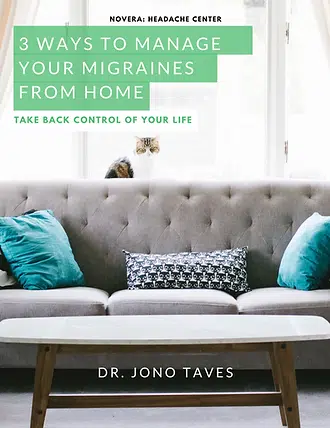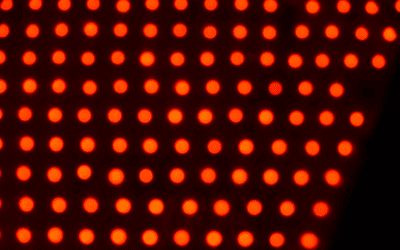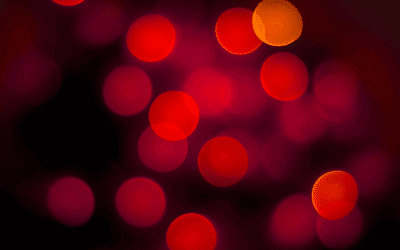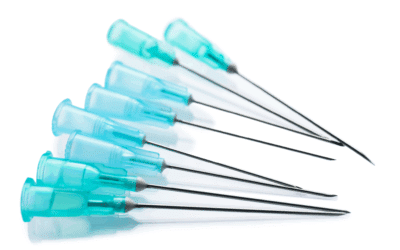Attention-deficit hyperactivity disorder (ADHD) and migraines are two common neurological conditions that can have a major impact on a person’s daily life. While ADHD mainly affects attention, impulsivity, and hyperactivity, migraines manifest as severe headaches often accompanied by sensory disturbances, such as light and sound sensitivity, auras, nausea, and fatigue. Recent research suggests a link between these seemingly unrelated disorders, so with this article, our hope is to shed light on common migraine triggers in individuals with ADHD and explore the use of physical therapy to alleviate migraine symptoms and improve quality of life.
The ADHD-Migraine Connection
A recent article by Hansen et. al. links the connection of migraines and ADHD, noting “a significant comorbidity between migraine and ADHD in adults, and this is most prominent for participants with migraine with visual disturbances.” The reasons behind this connection are complex and multifaceted, intertwining genetic, neurological, and environmental factors. As more research is conducted, we hope further conclusions can be made to guide future treatment options.
Common Migraine Triggers in Individuals with ADHD
Migraine triggers can vary widely from person to person, but some triggers appear to be more prominent in individuals with ADHD. Here are a few common triggers that may exacerbate migraines in this population:
- Stress and Emotional Dysregulation: Individuals with ADHD often face challenges in regulating emotions and managing stress. Stress is a well known migraine trigger and the difficulties in coping with stress in individuals with ADHD could contribute to increased migraine frequency.
- Sleep disruptions: Sleep disturbances are prevalent in both ADHD and migraine populations. Poor sleep quality, irregular sleep patterns, and insomnia can trigger migraines. For this reason, ADHD related sleep problems may amplify this trigger.
- Sensory Sensitivity: Many individuals with ADHD have heightened sensory sensitivity, which is a trait also seen in migraine sufferers. Common sensory stimuli such as bright lights, loud noises, or strong odors can trigger migraines in both groups.
- Diet: Certain foods like aged cheese, processed meats, and artificial sweeteners are known migraine triggers. Impulsivity often accompanies ADHD and can potentially lead to a higher consumption of triggering foods.
- Hormonal changes: Hormonal fluctuations, particularly among women, can trigger migraines. Women with ADHD might experience more pronounced hormonally based symptoms. However, the exact reason for this is still unknown at this time.
How Physical Therapy Can Help
Physical therapy (PT) is traditionally associated with musculoskeletal issues, but its role in managing neurological conditions such as headaches and migraines is becoming more well known. At Novera, we take a holistic PT approach targeting lifestyle modifications, habit adjustments, and manual therapeutic interventions to offer relief for individuals suffering from migraines. Let’s dive into the how:
Lifestyle Modifications:
- Exercise routine: Regular physical activity can improve overall well-being and reduce the frequency and severity of migraines. In individuals with ADHD, exercise not only aids in migraine management but also helps channel excess energy and improve focus.
- Stress Management: Physical therapists can teach relaxation techniques, breathing exercises, and mindfulness practices. These skills can empower individuals with ADHD to better manage stress, reducing its potential to trigger migraines.
- Sleep Hygiene: PTs can educate individuals on optimizing sleep habits and promoting better sleep quality. Improved sleep patterns can mitigate one of the prominent triggers for both ADHD symptoms and migraines.
Habit Modification:
- Posture: Poor posture can lead to muscle tension and contribute to migraines. Physical therapists can address postural issues and recommend exercises to alleviate tension in the neck and shoulders, which are common areas of tension for migraine sufferers.
- Screen time management: Excessive screen time can strain the eyes and trigger migraines. PTs can provide guidance on proper ergonomics and screen time breaks to reduce this trigger.
Manual Interventions:
- Physical therapists are trained in various manual techniques that can alleviate muscle tension, improve circulation, and reduce pain associated with migraines. Techniques like massage, myofascial release, and joint mobilizations can offer relief.
- Neuromuscular Re-education: PTs can utilize neuromuscular re-education techniques to address sensory sensitivity often seen in both ADHD and migraine populations. This approach can help desensitize the nervous system to sensory triggers.
Conclusion
The link between ADHD and migraines needs to be studied further, but the correlation and impact on an individual’s life cannot be ignored. Due to the heightened susceptibility of individuals with ADHD to common migraine triggers, this further emphasizes the need for holistic and personalized treatment approaches. Physical therapy, with its focus on lifestyle changes, habit modifications, and manual therapeutic interventions, is a promising alternative to medication for many of our patients to manage migraine symptoms. We look forward to working with you at Novera Headache Center so you can manage your symptoms without medication and live your life without fear of your next migraine.




